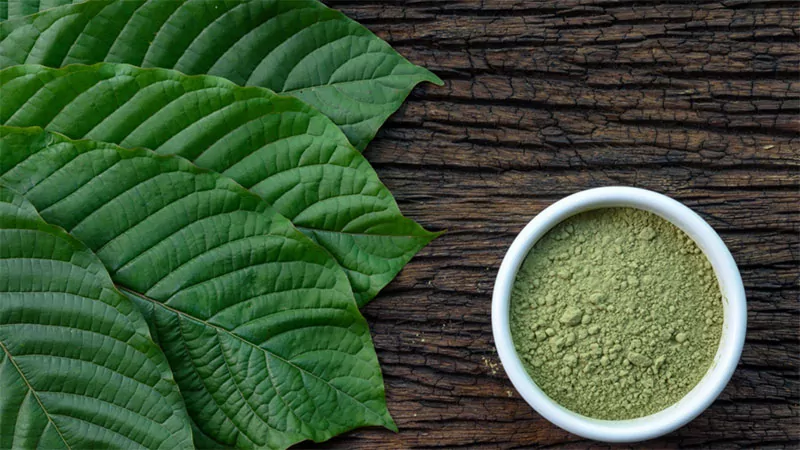Kratom and Its Role in Modern Herbalism – Knowledge into Contemporary Practice
Kratom’s integration into modern herbalism highlights a fascinating blend of traditional knowledge and contemporary practice, underscoring its evolving role in natural health and wellness. Kratom, derived from the leaves of the Mitragyna speciosa tree native to Southeast Asia, has been used for centuries in traditional medicine practices across its native regions. Its historical use ranges from enhancing physical endurance and alleviating pain to improving mood and overall well-being. As herbalism has evolved, kratom has garnered attention in the West for its potential therapeutic benefits, making it a focal point in the intersection of traditional and modern herbal practices. In traditional Southeast Asian medicine, kratom has been employed for various purposes, including managing pain, boosting energy, and alleviating symptoms of fatigue and depression. Local communities have long valued kratom for its psychoactive properties, which are attributed to the alkaloids present in the plant, such as mitragynine and 7-hydroxymitragynine. These alkaloids interact with opioid receptors in the brain, offering effects that can range from pain relief to mood swings.

This traditional knowledge, passed down through generations, forms the foundation upon which contemporary herbalists build their understanding of kratom. Modern herbalism, which emphasizes a holistic approach to health and wellness, has increasingly incorporated kratom into its repertoire. As the global interest in natural remedies grows, kratom is being explored for its potential benefits in managing chronic pain, anxiety, and sleep disorders. Contemporary herbalists and practitioners often draw on traditional uses while integrating scientific research to better understand kratom’s mechanisms and effects. This integration is critical as it bridges the gap between historical practices and modern evidence-based approaches. Scientific studies and clinical trials have begun to explore kratom’s pharmacological properties, although research is still in its early stages. These studies aim to validate traditional uses of kratom and provide a clearer picture of its efficacy and safety. By combining traditional knowledge with modern scientific inquiry, researchers and herbalists can develop a more comprehensive understanding of kratom, potentially leading to more standardized and informed use in therapeutic settings.
However, the integration of kratom into modern herbalism is not without challenges. Regulatory issues and concerns about quality control have prompted calls for more rigorous testing and standardization of strongest kratom brands. In response, reputable vendors and herbalists are emphasizing the importance of lab testing and transparency to ensure the safety and efficacy of kratom. This emphasis on quality reflects a growing recognition of the need to balance traditional wisdom with contemporary standards of safety and efficacy. In summary, kratom’s role in modern herbalism exemplifies the dynamic interaction between traditional practices and contemporary health approaches. By respecting and incorporating traditional knowledge while pursuing scientific validation, herbalists and practitioners can harness kratom’s potential benefits in a way that honors its historical use and aligns with modern standards of health and safety. This integration not only enriches the practice of herbalism but also offers a more nuanced understanding of how ancient remedies can be adapted to meet contemporary health needs.